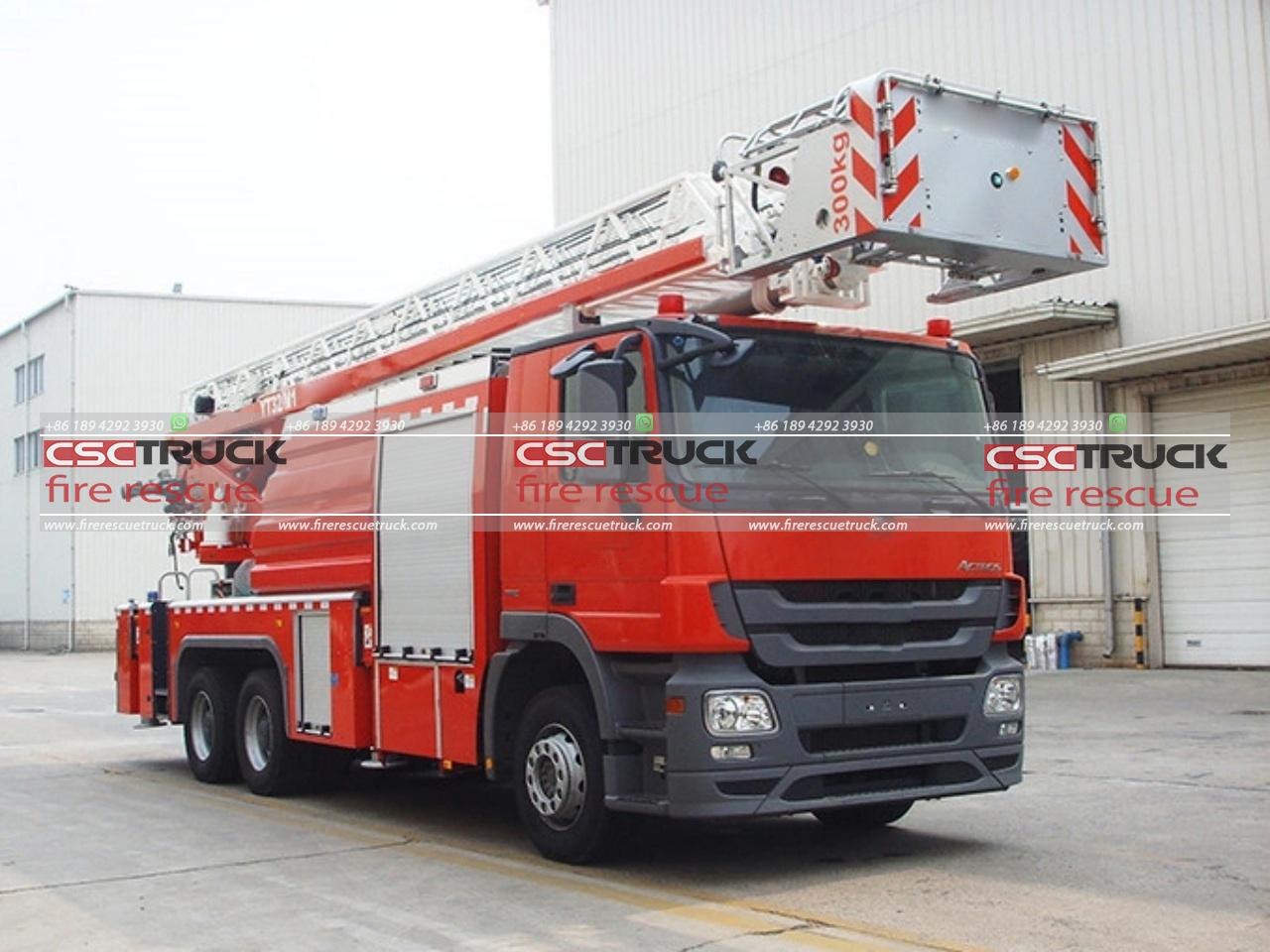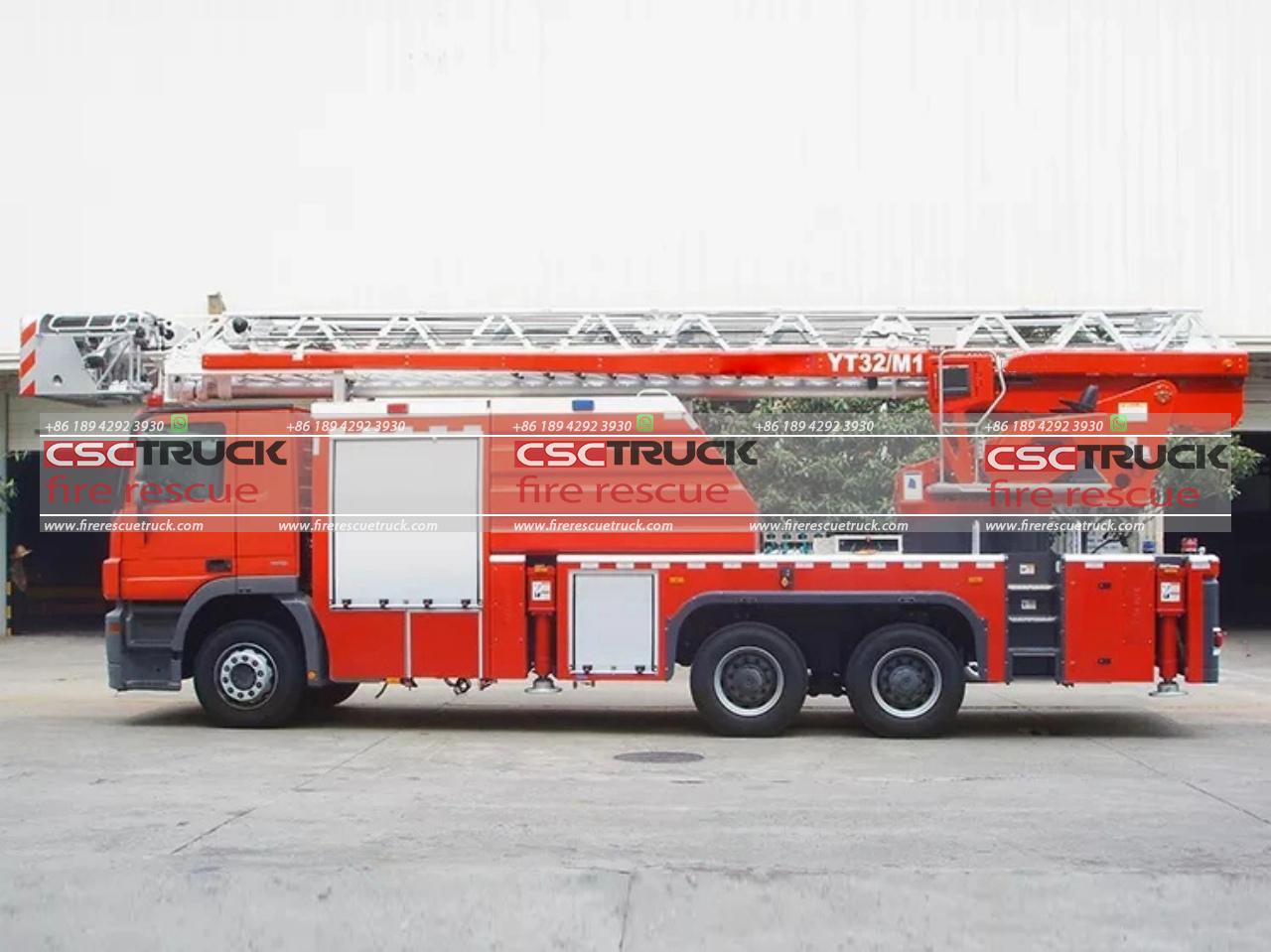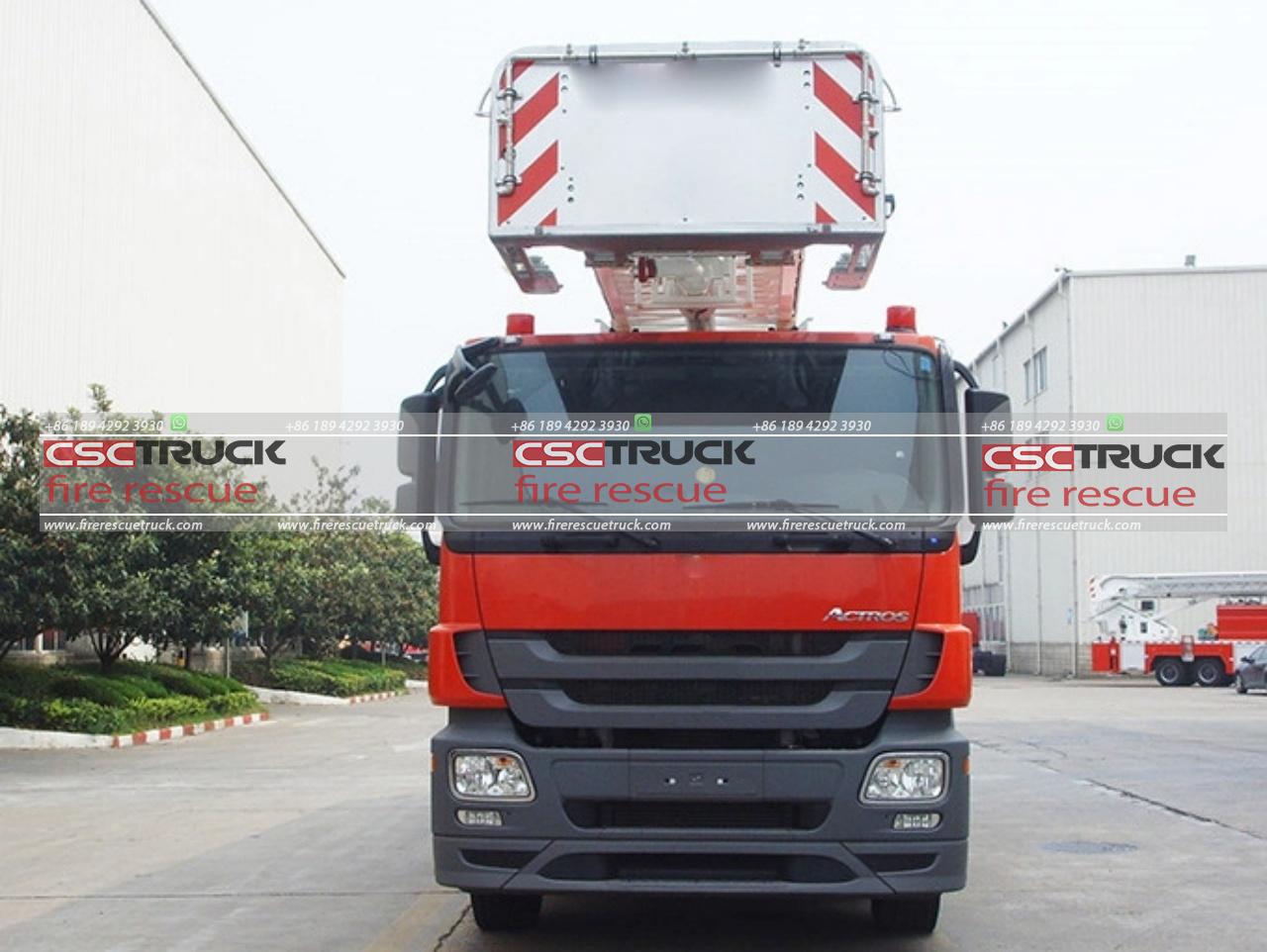What Does “Ladder” Mean in Firefighting?
Firefighting involves a multitude of specialized tools, tactics, and equipment to respond effectively to various types of emergencies. One of the most iconic pieces of equipment in firefighting is the ladder, often seen mounted on fire trucks or carried by firefighters into burning buildings. While a ladder might seem straightforward, the term “ladder” in the firefighting world refers to much more than just a tool for reaching high places. This article explores the different types of ladders in firefighting, their specific uses, and why they’re vital to the success of fire response and rescue operations.
The Role of Ladders in Firefighting
In firefighting, ladders are essential for accessing hard-to-reach places, rescuing people trapped on upper floors, and allowing firefighters to ventilate buildings from the outside. The “ladder” isn’t just a singular item; it’s a category that encompasses different types of ladders with varying purposes, from simple ground ladders to sophisticated aerial devices on fire trucks.
Firefighter ladders allow for fast, safe vertical access during emergencies. They give firefighters a way to:
– Reach windows and rooftops for search-and-rescue efforts.
– Ventilate by breaking windows or creating openings in the roof.
– Provide secondary egress (exit points) for people escaping or for firefighters themselves.
– Spray water from above or support fire attack efforts from an elevated position.
Understanding the types of ladders and their applications is crucial for any firefighter.

Types of Firefighting Ladders
1. Ground Ladders
– Ground ladders are portable and typically carried to the scene by hand. They can be easily positioned around the building as needed. Firefighters use ground ladders for access to windows, balconies, or rooftops, and they come in various lengths and designs.
– Straight Ladders: Straight ladders are single-section ladders that do not extend. They are quick to deploy, as they require no setup, and are typically used for accessing lower floors or as a backup to other ladder types. These ladders are usually 12 to 24 feet in length.
– Extension Ladders: Extension ladders are multi-section ladders that can be extended to reach greater heights, usually between 24 and 40 feet. They’re the most versatile ground ladder type, as they can be adjusted to the needed height on the scene. The extension mechanism includes pulleys and a halyard (rope) system to adjust the ladder length.
– Roof Ladders: Roof ladders are equipped with hooks at the top, allowing them to securely latch onto the peak of a roof. This stabilizes the ladder, creating a safe route for firefighters to maneuver along sloped surfaces, perform ventilation tasks, or engage in roof operations.
– Attic Ladders: Often smaller and more compact, attic ladders are designed to fold and extend for tight spaces, like attics or narrow hallways. These ladders are typically 10 to 14 feet long and can be easily transported in narrow corridors or used to access areas that larger ladders can’t reach.
2. Aerial Ladders
– Unlike ground ladders, aerial ladders are mounted directly onto fire trucks, known as ladder trucks or aerial trucks. These ladders are larger and can reach significantly higher elevations, making them suitable for multi-story buildings. Aerial ladders are powered by hydraulic systems, allowing them to extend and maneuver efficiently in various directions.
– Straight Stick Aerial Ladders: Straight stick ladders are single, telescoping ladders that extend upward in a straight line. They are straightforward and effective for reaching high floors or rooftops and often extend up to 100 feet or more.
– Platform (or Tower) Ladders: Platform ladders, also called tower ladders, have a working platform or basket attached to the end of the ladder. This platform offers a stable and secure area for firefighters to stand, carry equipment, or rescue people. Tower ladders can reach heights up to 137 feet or more, providing excellent versatility for high-rise rescue and aerial fire attacks.
– Quint Ladders: “Quint” is short for “quintuple,” as these ladders serve five functions in one apparatus: pump, water tank, hose, ground ladders, and aerial device. Quint ladders are multifunctional and can be adapted for firefighting or rescue operations, particularly in urban areas where versatile equipment is required.
3. Other Specialized Ladders
– Escape Ladders: Fire departments often have escape ladders designed for residential buildings. These are lightweight, portable ladders that can be quickly deployed for occupants to exit a building through windows.
– Portable Rescue Ladders: In addition to traditional ground ladders, some departments carry portable rescue ladders specifically for confined space rescues, water rescues, or high-angle scenarios. These ladders are usually compact and customizable.
Ladders and Ladder Trucks
The term “ladder” is also used to describe an entire category of firefighting vehicles, known as ladder trucks. These trucks are typically equipped with an aerial ladder that extends high above the truck, allowing access to elevated floors, rooftops, and even adjacent buildings. Ladder trucks have specialized compartments for storing various ground ladders as well, making them versatile piece of equipment for both vertical and horizontal access.
Ladder trucks often come in different configurations, including:
– Tiller Trucks: These trucks feature a ladder that can pivot independently, allowing for precision steering in narrow streets or tight spaces.
– Platform Trucks: Platform trucks are equipped with a ladder that ends in a bucket or platform, providing extra stability for firefighters working at height.
– Combination Trucks: Also known as “quints,” these trucks integrate multiple functions, including a ladder, a pump, and hose storage.

Training for Ladder Operations
Proper ladder use requires thorough training. Firefighters are trained to raise, lower, and position ladders efficiently, and they must also practice ladder rescues, where they carry victims down ladders from elevated positions.
Training also emphasizes ladder safety, as improperly used ladders can be hazardous. Techniques for handling ground ladders, as well as aerial ladders, are reinforced through practical drills, helping firefighters develop muscle memory for ladder placement, climbing, and tool management while on the ladder.
Ladder Tactics: Beyond Simple Climbing
Ladders play a significant role in firefighting tactics, especially in ventilation and search-and-rescue operations. During ventilation, a firefighter may use a ladder to access a window or roof area, creating openings that release smoke and heat, making the environment safer for those inside and improving visibility for the interior crews.
Ladders are also crucial in providing a secondary egress (exit) during search-and-rescue. Firefighters may place ladders at multiple points around the building, giving trapped occupants or other firefighters an alternative escape route if they are unable to return to the ground through the main stairways or doorways.

Conclusion
In the firefighting world, “ladder” encompasses an array of tools and vehicles designed to provide vertical access, support rescues, and improve operational safety. From the portable ground ladders to the hydraulic aerial ladders on massive ladder trucks, each type serves a unique purpose that aids firefighters in their mission to protect lives and property.
The versatility and importance of ladders in firefighting cannot be overstated. Ladder training and tactics are a crucial part of firefighter education, ensuring they’re prepared to handle any situation requiring vertical access. Whether extending to a building’s rooftop, breaking windows to release smoke, or providing a secure route for an occupant to escape, ladders are indispensable tools in firefighting, making a vital difference in critical moments.







